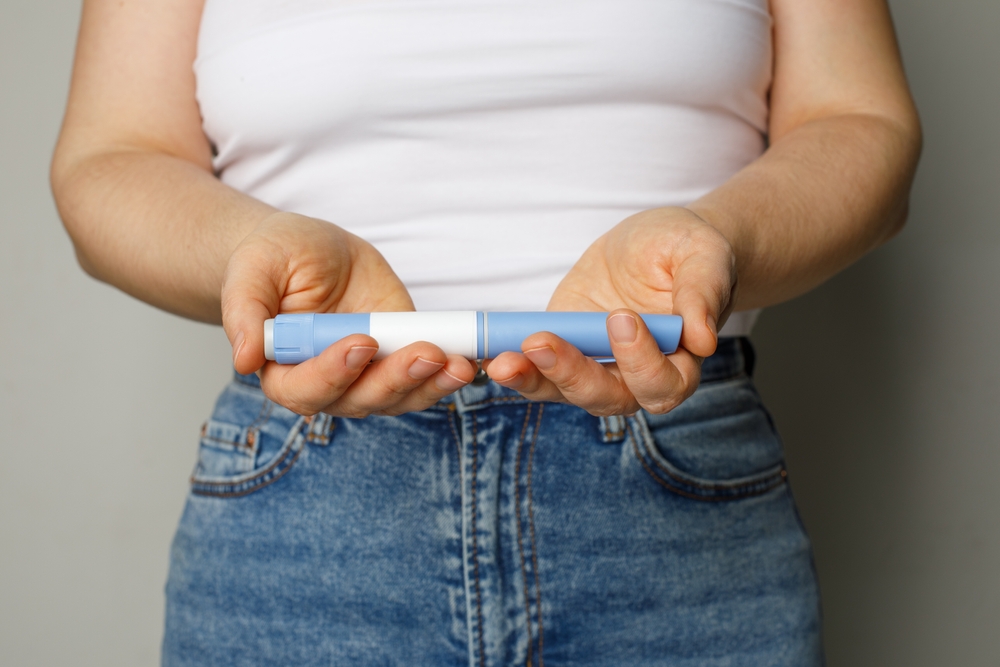In a recent study published in the New England Journal of Medicine, Tirzepatide for the Treatment of Obstructive Sleep Apnea and Obesity, Tirzepatide (the medication in the weight-loss drug Zepbound and also the diabetes treatment Mounjaro), appeared to reduce the severity of sleep apnea along with reducing weight and improving blood pressure and other health measures in patients with obesity who took the drug for a year.
The study found that among persons with moderate-to-severe obstructive sleep apnea and obesity, tirzepatide reduced the apnea–hypopnea index (AHI, the number of apneas and hypopneas during an hour of sleep), body weight, “hypoxic burden,” high-sensitivity C-reactive protein (hsCRP) concentration, and systolic blood pressure – as well as improving sleep-related patient-reported outcomes. Eli Lilly and Co., the drug’s maker who paid for the research, has asked the Food and Drug Administration to expand use of the drug to treat moderate to severe sleep apnea
I have previously discussed the connection between chair sleeping, sleep apnea and edema among wound center patients, as well as the connection between sleep apnea and dementia. I have begun to believe that sleep apnea is one of the biggest (and often undiagnosed) issues among patients with chronic wounds (next to nutritional deficiencies). It makes sense since, in addition to peripheral edema, patients with sleep apnea also have episodes of hypoxia (which affects healing) and an increase in inflammatory state.
I have also been wondering if we should be encouraging those patients to get started on one of the new GLP-1 agonists which are injectable medications that mimic the effects of glucagon-like peptide-1 (GLP-1), a gut hormone that stimulates the release of insulin. I do not have a dog in this fight financially or otherwise. I just know the sinking feeling of hopelessness that I feel as a physician when I see yet another a severely obese patient with profound edema (often to the groin), and non-healing wounds. We should at least ensure that they have been evaluated for sleep apnea.
Additional Reading:
- Sleep Apnea, Chair Sleeping and Leg Edema – Caroline Fife M.D. (carolinefifemd.com)
- Sleep Apnea, Leg Edema, DEMENTIA and That Hopeless Feeling – Caroline Fife M.D. (carolinefifemd.com)
- Wegovy Approved by the FDA to Lower the Risk of Stroke and Heart Attack in Obese NON Diabetics – Caroline Fife M.D. (carolinefifemd.com)
- How Can We Tackle the Connection Between Chronic Wounds and Obesity? Is Direct-to-Consumer Obesity Medication the Answer? – Caroline Fife M.D. (carolinefifemd.com)
- Brain Pathways, Obesity and the Wound Center – Caroline Fife M.D. (carolinefifemd.com)

Dr. Fife is a world renowned wound care physician dedicated to improving patient outcomes through quality driven care. Please visit my blog at CarolineFifeMD.com and my Youtube channel at https://www.youtube.com/c/carolinefifemd/videos
The opinions, comments, and content expressed or implied in my statements are solely my own and do not necessarily reflect the position or views of Intellicure or any of the boards on which I serve.



